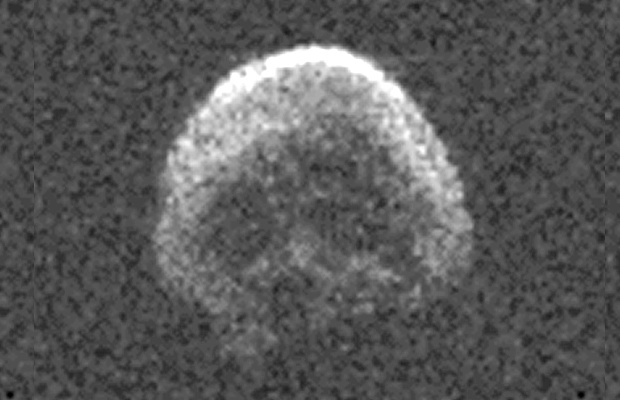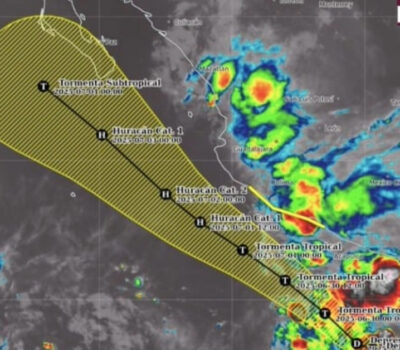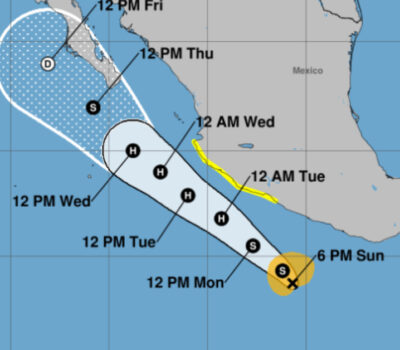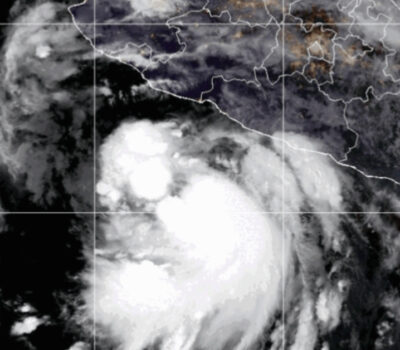NASA detected the asteroid for the first time in 2015, when it passed less than 500,000 kilometers from Earth. Since then, they have referred to this space rock as a dead comet that, “appropriately, looks a lot like a skull “.
“It has two depressions that could be interpreted as eyes,” explains Ruediger Jehn of the European Space Operations Center (ESOC) in the German city of Darmstadt. “But there’s a lot of imagination involved.”
The asteroid, called 2015 TB145, measures 600 meters in diameter, with two craters 100 meters wide each. It is not a threat to Earth.
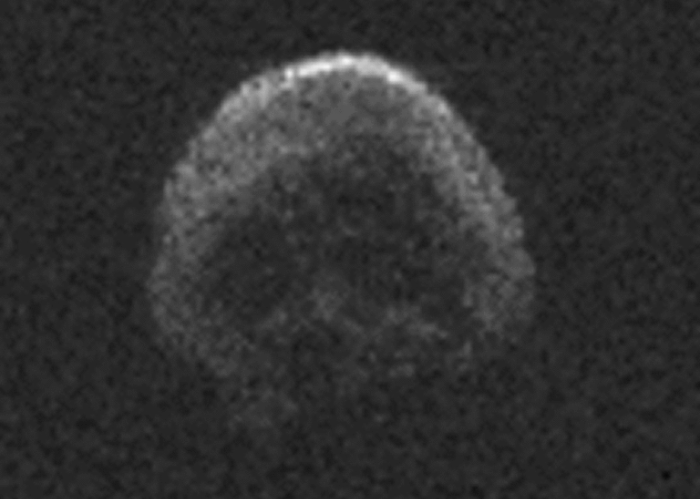
This time, it is expected to pass at a distance of 40 million kilometers , and will only be seen with a powerful telescope as a point of light. “But it can still serve as a base for sci-fi fans to have fun,” said Jehn, an expert with the European Space Agency (ESA).
The skull-shaped asteroid, which has a solar orbit that lasts just over three years, will have its closest approach to Earth on November 7, said Sven Melchert, director of the German amateur astronomers’ organization.
The Panoramic Surveillance Telescope and the Rapid Response System (Pan-STARRS) in Hawaii was the first to detect the asteroid, and they discover about 100 new space objects close to Earth each month, said Jehn.
NASA detected the asteroid for the first time in 2015, when it passed less than 500,000 kilometers from Earth. Since then, they have referred . . .

